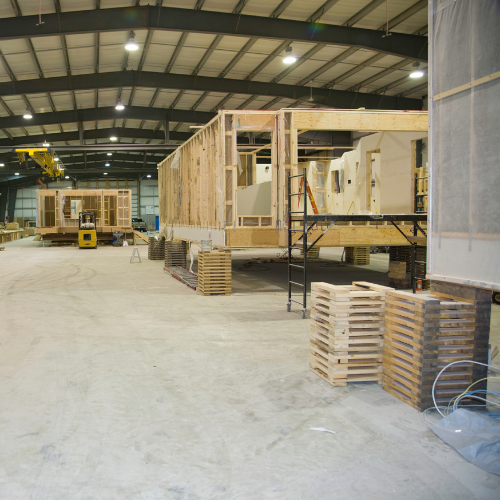By Daniel Seltzer, CPCU | Seubert Sales Consultant & Agency Principal
Despite three recent reports from McKinsey & Company (May 2023), Fortune Business Insights (July 2023), and Gitnux (April 2024) highlighting substantial benefits of permanent modular construction—such as 20-50% less time and 15-25% less cost—North American demand for permanent modular construction surprisingly lags behind. With only 4% of total housing starts in the United States, compared to 15% in Japan, and 45% in Scandinavian countries, one can’t help but wonder—why the stark difference? Is culture a determining factor?
My professional career started with a unique training program in 1981 with a global insurer working on Wall Street and Boston, followed by a year of “running slips” on the floor of Lloyd’s of London. Since 1985, I have been a fiercely independent insurance advisor/broker in the industry. Now, in my 43rd year, I have so much to offer and am committed to the modular industry because it fascinates me, and the risks are evolving.
From a risk management and insurance perspective, I have reviewed the property and casualty insurance policies for members of the Modular Building Institute (MBI). Almost without exception, coverage concerns were identified, and in most cases, gaps in coverage were present, including exclusionary wording found within the fine-print of the nearly 100-page policies.
Usually, the insurance broker is at fault, or maybe the insurance carrier added an incorrect form to the policy, and sometimes, the “modular” professional does not invest adequate time in the design and implementation of their insurance program. In this article, I offer only a few observations for the purpose of helping the modular building entrepreneur to become a more complete purchaser of commercial insurance, with the goal being to protect the business and family lifestyle:
1. “Use & Occupancy” (aka Business Interruption) Coverage – complex, usually misunderstood, at times not needed, mostly the wrong type is purchased. A dynamic, essential subject.
2. Errors & Omissions or Professional Liability – risk of design-build experts, warranty statements, claims-made, acquisitions, change of control, ERP/SERP and other subjects
3. Incorrect General Liability classification – may result in a “no insurance” insurance policy. If rated as a “manufacturer,” are your contracting activities covered? Are you certain?
4. Possession or the Bill of Lading – does not necessarily equate to who is the liable party. Again, fine print, precedence and tradition intersect. There is a simple solution.
5. Risk Transfer – are well written minimum insurance and indemnification requirements found in your business agreements? If not, why? If so, have these been updated since 2021?





